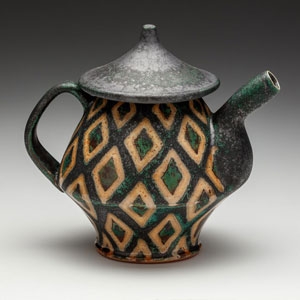
By: Ella Mahan
Staff Writer
The Morphological Exhibit in Manhattan Beach, California aims to uncover the backgrounds of different cultures by exploring ancient pieces of pottery and comparing them to one’s daily life. The Morphological exhibit is a great way of connecting art, especially pottery with one’s daily life. In addition, this exhibit commences new conversations about important historical art and brings people with similar interests together.
Beginning in the 1500s when humans began to consider the shape, size, and structure of natural things in their environment, morphology has become a significant field in biology today. Presently, the morphology field is defined as “the branch of biology that deals with the form of living organisms, and with relationships between their structures.” In simpler terms, morphology compares the structures of different plants and animals to attempt to discover any similarities between them.
Morphology aids in discovering significant similarities between ancient cultures, especially through pottery, that reveal more about the way a group of people lived. This was shown through the exhibit, as different artists brought their own pieces, which all display different cultures and traditions. The intricate patterns and designs shown on the surface of the pottery proved to be very important to the artists, especially Jonathan Keep. He displayed this in his beautiful series of art, the Curve series.
Different themes in the artwork were portrayed, but some repeated themes included the shape of the pottery. These shapes varied based on which culture they represented, but the overall idea of the shape of the pottery being based off of ancient cultures proved to be an interesting topic.
The shape of the pottery was proven to be a focus of many different artists. This is a very interesting theme because people viewing the exhibit can compare and contrast the different pieces of pottery and how they appear. Some pieces were round, while some had long necks and were very skinny. This provided variety throughout the exhibit and a point of discussion for onlookers.
The pottery displayed in the exhibit from Nigeria consistently had long, narrow necks at the top, which ensured that water would not spill out of it during long distance traveling. This was found in different civilizations all over the world, showing that the water source for these civilizations was far and hard to reach.
Another example of this would be the pottery displayed in the exhibit from Karen Koblitz, who creates modern pottery with historical elements. She too, focuses on the shape of the pottery she creates, and tries to resemble historical pottery.
One specific art piece that stood out was called Globalization #4, created by Karen Koblitz. In this art piece, Koblitz presents images of pop culture on pottery that would be found in historical periods. Her purpose of this is incorporate historical art and culture with modern culture.
The exhibit proved to be a huge success, as many people visited the exhibit and enriched their knowledge on pottery displaying different cultures. The exhibit spawned new conversations between people, and opened many eyes to the importance of pottery in our daily lives.
The Morphological exhibit is being displayed May 3 through June 16 at the Manhattan Beach Art Center. For more information regarding this and future events, visit https://www.citymb.info.

Leave a Reply